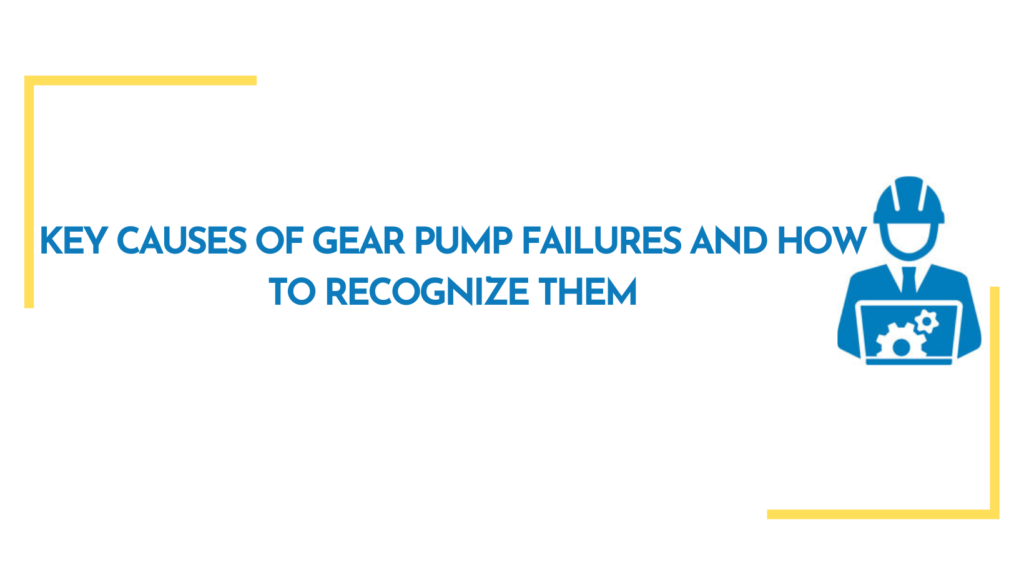THE KEY CAUSES OF FAILURES IN GEAR PUMPS AND HOW TO IDENTIFY THEM

The normal operation of hydraulic equipment is determined by various internal processes occurring within the pump itself. However, if issues arise, how can they be recognized in order to take timely measures?
Let’s take a detailed look at the key causes of failures in gear pumps and how to identify them.
(more…)
TRUST AS THE BASIS FOR SUCCESS: 24 YEARS OF COOPERATION BETWEEN KAMYANKA MACHINE-BUILDING PLANT AND BARS LLC DEALER
What is the connection between Kamyanka Machine-Building Plant and Ukrainian giant oil depots?
This question will be answered by Lyudmila Dosenko, CEO of Bars LLC, with whom the plant has been cooperating for 24 years. Bars LLC was founded in 1996 and since then the company has been supplying pumps and pumping equipment for oil depots and gas industry enterprises. The dealer imported pumps from around the world, but after analyzing the market, Kamyanka Machine-Building Plant introduced the development of its own hydraulic pumps and the dealer and the plant began cooperation that continues to this day. For some time, the company worked with individual orders, but later it started selling from the warehouse, as the plant launched mass production and began supplying pumps to the dealer and individual oil refineries.
KAMYANKA MACHINE-BUILDING PLANT AND ITALIAN CHAMBER OF COMMERCE: COLLABORATION
Kamyanka Machine-Building Plant has always aimed to achieve the best results and provide its customers with the advantages they deserve. That’s why we are pleased to announce our new and important collaboration with the Italian Chamber of Commerce.
This partnership initiative demonstrates the interest of the Italian market in our products and services, for which we are immensely grateful. Now, you have the opportunity to learn more about us through a special article posted on the official website of the Italian Chamber of Commercehttps://ccipu.org/bacheca_affari/kamyanka-machine-building-plant-produttori-di-pompe-a-ingranaggi-ad-alta-precisione
This article provides a detailed examination of our achievements, capabilities, and strategic objectives. Additionally, you will find our certificates, catalogs, and presentations that highlight the high quality standard of our products and services.
Collaborating with the Italian Chamber of Commerce is not only a recognition of our efforts and dedication but also a significant step in the strategic development of our company. We are grateful for the support and trust extended to us and are confident that this partnership will bring mutual benefits.
If your company is a resident of Italy and you are interested in the possibility of working with us, please do not hesitate to get in touch with us directly or submit an inquiry to the Italian Chamber of Commerce. We are always ready for collaboration and eagerly await our future projects together!

![]()
METERING PUMPS: WHAT THEY ARE FOR AND WHERE THEY ARE USED

Metering pumps of Kamyanka MBP
One of the main directions of our production is metering pumps. These devices, as their name implies, are designed for the precise dosing of various substances and reagents and are key functional elements in a number of important industrial processes. Let’s explore where and how they find their application in real manufacturing.
(more…)
CONSEQUENCES OF USING LOW-QUALITY METERING PUMPS: THE CASE OF BAXTER INTERNATIONAL PHARMACEUTICAL COMPANY AND BP OIL COMPANY
The right choice of pumping equipment in industrial processes is critical to ensuring production efficiency and quality. The use of low-quality dosing pumps can have serious consequences for the company that uses them in its operations. With our many years of experience in the production and service of pumping equipment, we would like to open up the issues related to the use of poor quality pumps. (more…)



